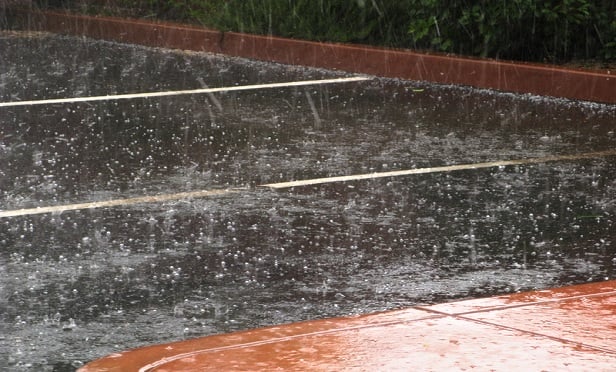 Depending on the policy language, water damage caused by the rain may not be covered. (Photo: iStock)
Depending on the policy language, water damage caused by the rain may not be covered. (Photo: iStock)
Analysis brought to you by the experts at FC&S Online, the recognized authority on insurance coverage interpretation and analysis for the P&C industry. To find out more — or to have YOUR coverage question answered — visit the National Underwriter website, or contact the editors via Twitter: @FCSbulletins.
Question: A policyholder has an ISO HO-3. The carrier has utilized the defined phrase of “property damage” in determining coverage for a homeowners claim made under Section I of the policy. I have reviewed Section I of the policy and cannot locate the defined phrase of “property damage”. The phrase “property damage” only exists under Section II. Section I only contains the word “damage” not “property damage”. Is it accurate or appropriate for the carrier to cite and rely on the definition of the phrase “property damage” regarding a claim made against Section I when the phrase is only located in Section II?
Recommended For You
Want to continue reading?
Become a Free PropertyCasualty360 Digital Reader
Your access to unlimited PropertyCasualty360 content isn’t changing.
Once you are an ALM digital member, you’ll receive:
- Breaking insurance news and analysis, on-site and via our newsletters and custom alerts
- Weekly Insurance Speak podcast featuring exclusive interviews with industry leaders
- Educational webcasts, white papers, and ebooks from industry thought leaders
- Critical converage of the employee benefits and financial advisory markets on our other ALM sites, BenefitsPRO and ThinkAdvisor
Already have an account? Sign In Now
© 2025 ALM Global, LLC, All Rights Reserved. Request academic re-use from www.copyright.com. All other uses, submit a request to [email protected]. For more information visit Asset & Logo Licensing.








